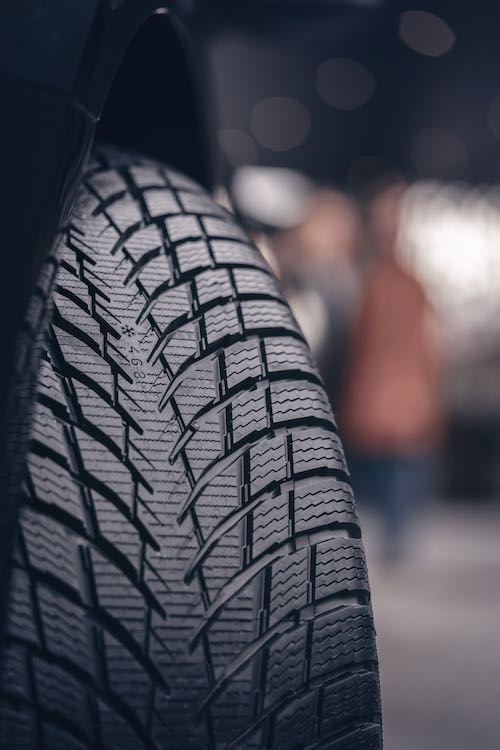There are a lot of differences between winter and summer tyres, for one what they should be used for. Summer tyres should be used during summers and not winters. Winter tyres should be used for summers and not for winters. It is therefore important to do the tyre change before the change of weather. Some of the main differences can be found in the rubber compound and the tread design.
Rubber compound used
The rubber mixture used for summers is soft and flexible during the temperature interval that is present during summers. The softness will give a good grip and excellent performance.
The winter tyre has a rubber mixture that is soft from below zero to freezing temperatures. This ensures that you have a tire that will remain soft and not get hard and inflexible. You will need the flexibility in the rubber to give you the performance and the grip during the winter season. What makes the rubber compound suitable for summer tyres, then make them bad for winter tyres and vice versa.
Tread design
The tread on summer tyres tends to be relatively shallow. You want as much rubber to be in contact with the surface to give you the best performance. The grooves are dimensioned to excavate water to the side if there is water on the road surface. Failure to get rid of the water will lead to aquaplaning, where the tyre loses contact with the road surface and now glides on top of the water. This means that you will not be able to control your vehicle. Control is regained when contact is established between the tyre and the road surface, which tend to happen when the speed is reduced.
The tread tends to be more rugged-looking for winter tyres as they are built to have a good grip in snow. The grooves also need to deal with slush and snow compared to the summer tyres that mainly deal with water.
The winter tyres can have studs protruding from the tread to ensure better friction in the so-called studded tyres. For non-studded tyres, there can be small crystal-shaped minerals that can create the necessary friction. Both the studded tyres and the non-studded tyres are good for winter conditions. The studded are better on icy surfaces and packed snow, so if these conditions prevail in your area, you will probably be better off with a studded option.
Even though the tyres will most probably look very similar from the side, as you can see, there are pretty significant differences between the summer and winter tyres. Both have their place when they perform the best, so if you want the best performance for your car, you will need to combine the best of both worlds. For both tyres, you need to ensure that you have more than 4mm tread depth, and you need to make sure that you have enough air in the tyres. Regular tyre maintenance is essential throughout the year.
For more information regarding tyres, visit: https://www.nokiantyres.com/
